The EU is proposing a regulation requiring all small electronics, including phones, tablets, cameras – to have the same USB-C charging port. The regulation seeks to develop a universal standard and cut down on electronic waste.
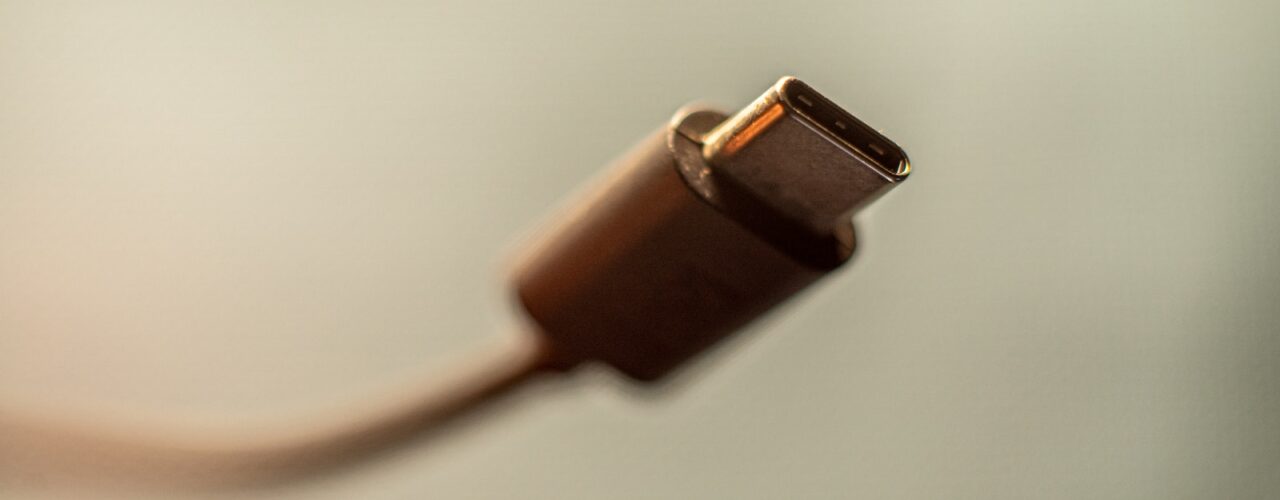
Phone companies have been moving in this direction, with Apple ditching the charger in the new iPhone boxes sold last year, supposedly to reduce e-waste. However, Apple, who use a lightning port in their phones, have criticized the proposed EU regulation, claiming that it would stifle innovation.
So what?
If the regulation comes into effect, there would not be a need to buy a new charger every time you buy a new device. This would reduce e-waste and standardization would further benefit the recycling/reuse of charger parts. Yet, the effect would not be massive given that chargers are only a small part of all the electronic products.
The greatest benefits lie in the effects of the regulation extending beyond the charging port. The regulation is similar to the 2009 EU initiative on common external power supply (EPS); the important difference is that issues of waste and circularity have occupied a more central stage in the current regulation discussion. Thus, the discursive shift towards the idea of a circular economy might be a greater focus this time around.
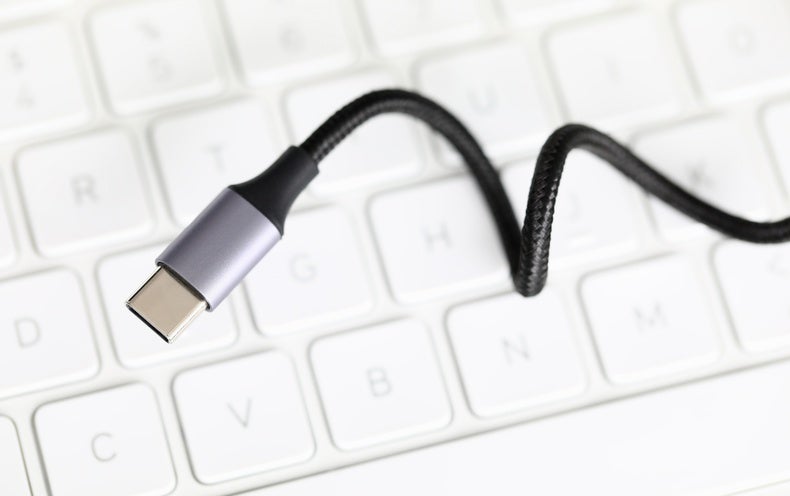




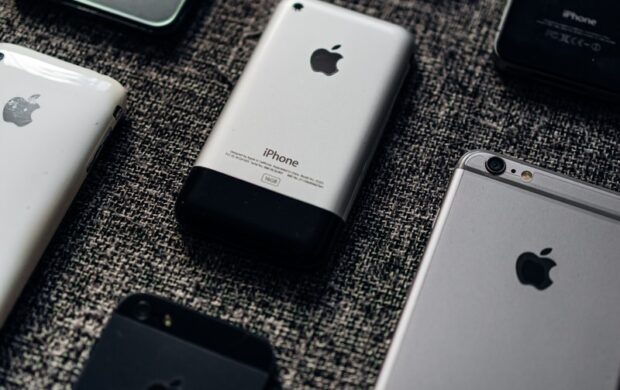
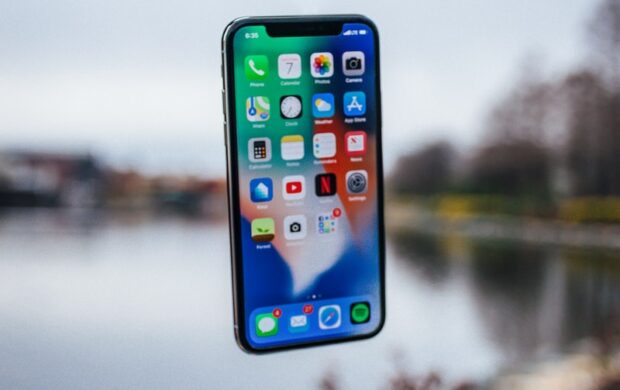

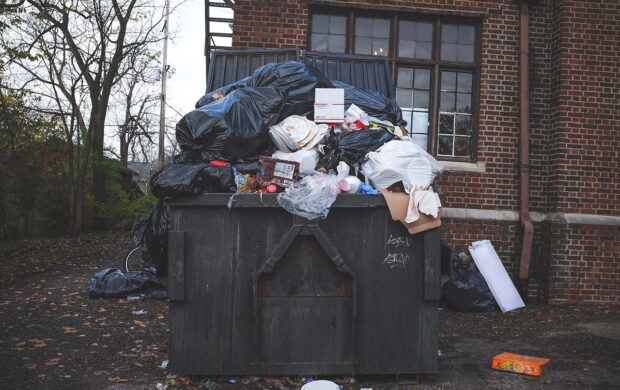







Join discussion